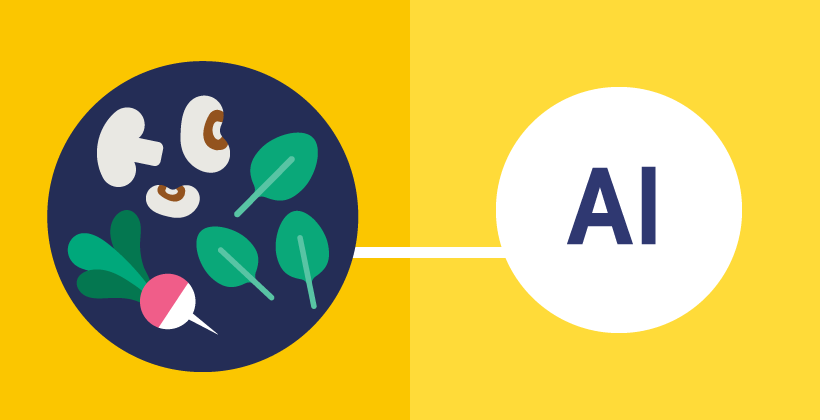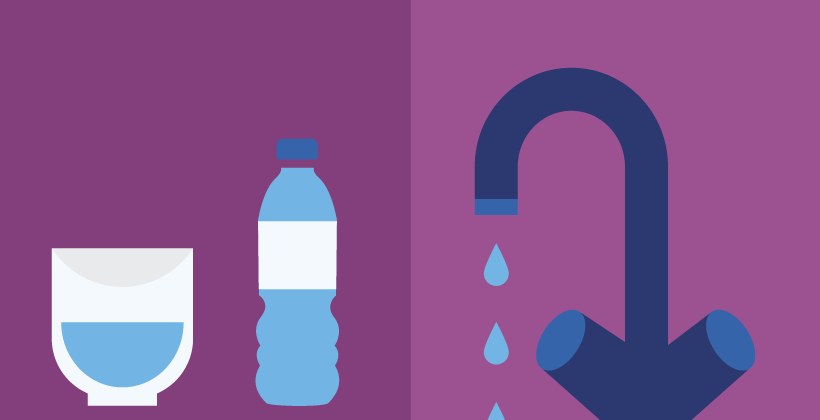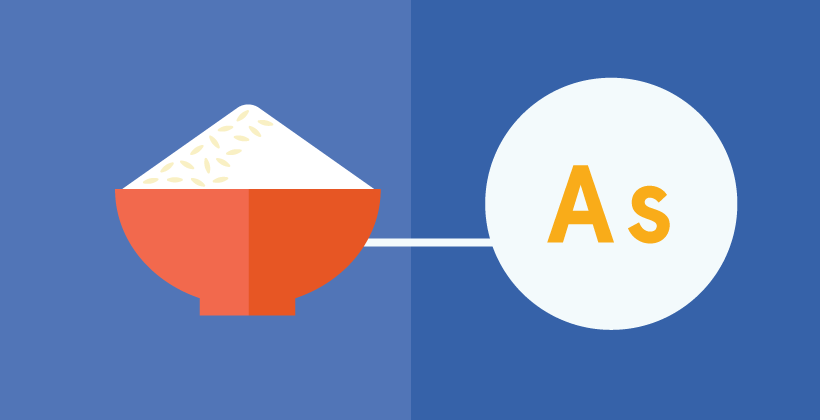Chemical hazards

Food can be contaminated at any stage in the food chain. Chemicals in food are a worldwide health concern and are a leading cause of trade obstacles. There are two main type of chemical contaminants. Some come from natural sources (such mycotoxins produced by certain fungi) and others are man-made (such as pesticide residues, unwanted manufacturing by-products or chemical pollutants).
How to reduce acrylamide formation at home (Infographic)
13 May 2025This is an infographic outlining how to reduce acrylamide formation at home.
Acrylamide in food: What it is & How to reduce levels
30 April 2025This article explains what acrylamide is, how it forms, its potential link to cancer, which foods contain it, and practical tips for reducing intake.
Bisphenol A: What is it, its health effects and should we avoid it?
25 February 2025Bisphenol A is a chemical used in the manufacturing of polycarbonate plastic or epoxy resins. From 20 January 2025, its use in food contact materials is prohibited.
Aluminium in Food (Q&A): sources, safety and regulations
01 December 2021Aluminium is a metal, such as iron, tin and copper. It is the most abundant metal in the earth’s crust and makes up about 8% of the weight of the earth’s surface...
The safety of bottled water
03 March 2015Regardless of whether drinking water comes through a tap or from a bottle, its safety is of primary importance. Bottled water manufacturers must ensure that waters they produce and pack meet strict quality and safety standards.
Naturally occurring endocrine active substances (Q&A)
08 December 2014An endocrine active substance can interact or interfere with hormonal activity; when this leads to an adverse effect it is called an endocrine disruptor...
Arsenic (Q&A)
08 December 2014Arsenic is a metal widely distributed in the environment that can be found in two different forms: organic and inorganic...
Contaminants in fish: Weighing up the risks
01 December 2004Public confidence in fish has been dented by a report highlighting risks associated with exposure to environmental contaminants, such as mercury and dioxins, known to accumulate in fish. However, all available data and interpretation by competent authorities indicate contaminants in fish are far below the critical danger levels.







